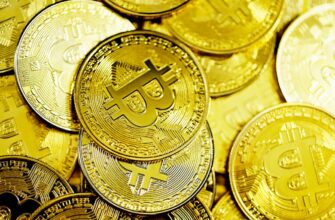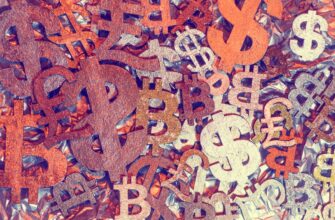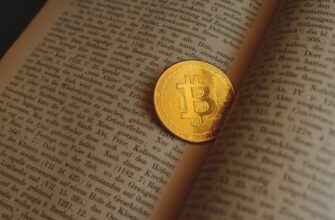USD P2P Trading: Your Complete Guide to Peer-to-Peer Dollar Transactions
USD P2P (Peer-to-Peer) trading has revolutionized how individuals exchange US dollars directly without traditional banks or centralized exchanges. This decentralized approach leverages online platforms to connect buyers and sellers globally, offering faster settlements, lower fees, and enhanced financial freedom. Whether you’re converting crypto to cash or sending remittances, understanding USD P2P is essential in today’s digital economy.
How USD P2P Trading Works
USD P2P platforms act as secure marketplaces where users create listings to buy or sell US dollars. Here’s the typical process:
- Registration: Users sign up on a P2P platform and complete identity verification (KYC).
- Listing Creation: Sellers post offers specifying exchange rates, payment methods (e.g., bank transfer, PayPal), and transaction limits.
- Matching: Buyers browse listings and initiate trades with preferred sellers.
- Escrow Protection: The platform holds the seller’s USD or crypto in escrow until payment confirmation.
- Settlement: After the buyer pays via the agreed method, the seller releases the funds from escrow.
Top Benefits of USD P2P Transactions
P2P dollar trading offers compelling advantages over traditional methods:
- Lower Fees: Avoid hefty bank charges and exchange markups; most platforms charge 0%-1% per trade.
- Faster Processing: Transactions complete in minutes to hours, unlike bank delays.
- Global Access: Trade USD across borders where banking services are limited.
- Flexible Payment Options: Choose from diverse methods like Zelle, Wise, or cash deposits.
- Privacy Control: Direct negotiations minimize third-party data sharing.
Key Risks and Safety Strategies
While USD P2P empowers users, risks require vigilance:
- Scam Risks: Fake payment confirmations or unreleased funds.
- Payment Reversals: Chargebacks via reversible methods like PayPal.
- Regulatory Uncertainty: Varying compliance standards per region.
Safety Checklist:
- Use platform escrow services for all transactions
- Trade only with highly rated users (95%+ positive feedback)
- Verify payment receipts before releasing funds
- Avoid irreversible payment methods for buying USD
- Keep communications within the platform’s chat system
Best USD P2P Trading Platforms in 2023
Top platforms combine security, liquidity, and user experience:
- Binance P2P: Global reach with 300+ payment methods and zero trading fees.
- Paxful: Supports 350+ payment options including gift cards.
- LocalBitcoins: Pioneer platform with robust dispute resolution.
- Bybit P2P: Low spreads and instant trader verification.
Step-by-Step USD P2P Trading Guide
Follow these steps for secure transactions:
- Research platforms and complete KYC verification
- Deposit crypto (e.g., USDT) if selling USD, or fiat if buying
- Filter listings by payment method, rate, and trader reputation
- Initiate trade and wait for seller/buyer confirmation
- Send payment/receipt proof via platform chat
- Confirm receipt of funds and release escrow
- Rate your trading partner to build community trust
USD P2P FAQ: Your Questions Answered
Q: Is USD P2P trading legal?
A: Yes, but compliance varies by country. Always verify local regulations regarding peer-to-peer forex transactions.
Q: How are exchange rates determined in P2P markets?
A: Rates are set by sellers based on demand, liquidity, and platform averages—often 1-3% above market rates.
Q: Can I trade large USD amounts via P2P?
A: Most platforms allow $1,000-$10,000 daily limits. Higher amounts require tiered verification.
Q: What if a seller doesn’t release funds after payment?
A: Open a dispute; platforms typically resolve issues within 24-48 hours using chat logs and payment evidence.
Q: Are there taxes on USD P2P profits?
A: Tax obligations apply in most jurisdictions. Consult a tax professional regarding capital gains or income reporting.
USD P2P trading democratizes access to dollar liquidity while challenging traditional finance systems. By selecting reputable platforms, practicing security measures, and understanding market dynamics, users can harness this innovation for efficient, low-cost transactions. As regulatory frameworks evolve, P2P dollar trading is poised to expand financial inclusion worldwide.








